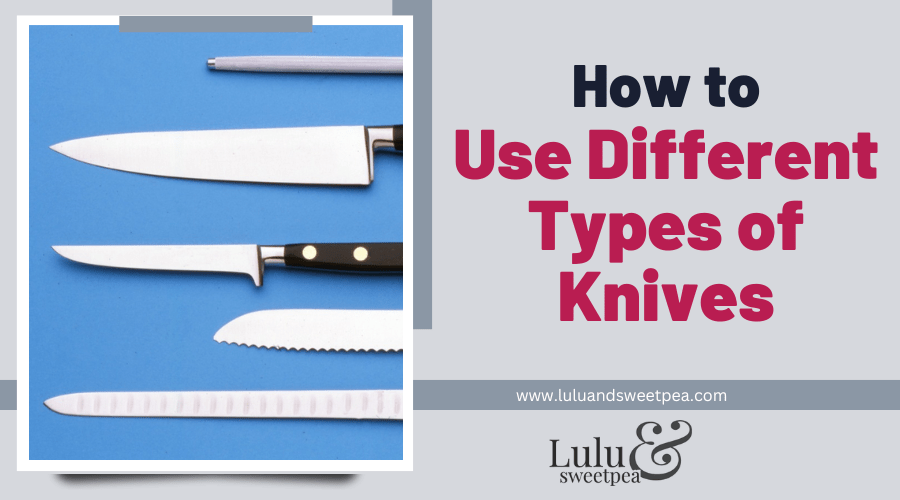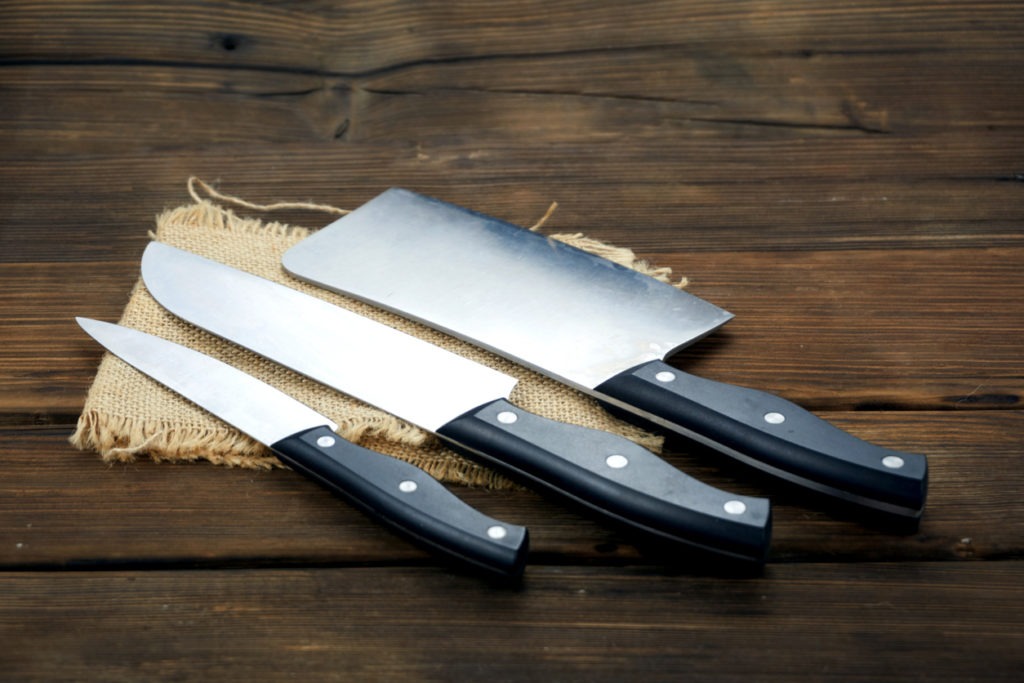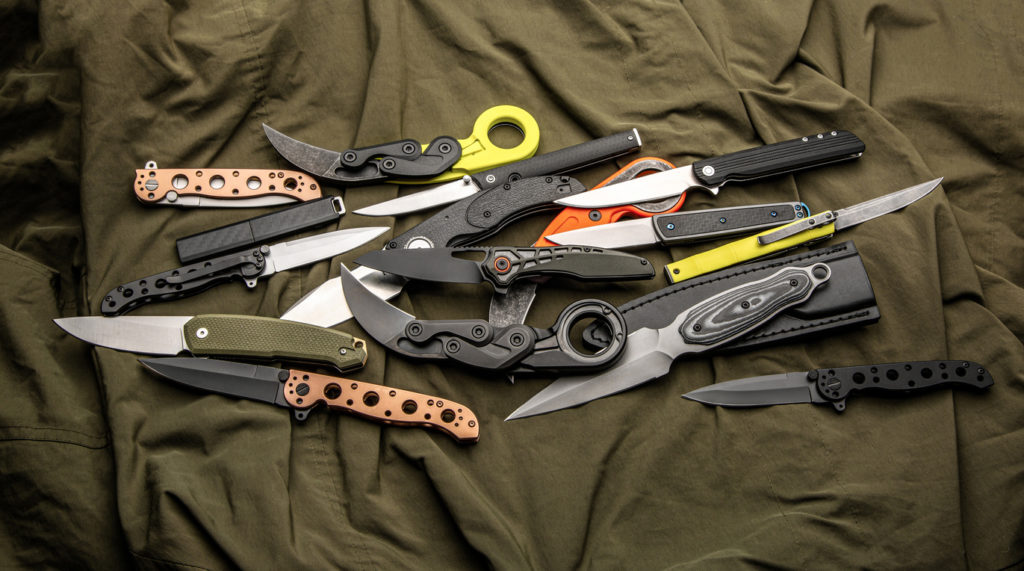A knife is one of the most essential tools in the kitchen. Without a good knife, cooking can be a real challenge. But with so many different types of knives on the market, it can be difficult to know which one is right for you. Here are some of the most common types of knives and how to use them.
1. Chef’s Knife
A chef’s knife is a versatile tool that can be used for a variety of tasks in the kitchen, from chopping vegetables to slicing meat. While there are many different types and sizes of chef’s knives available, they all share certain basic features.
When using a chef’s knife, it is important to hold the handle with one hand and use the other hand to guide the blade. The index finger should be positioned on top of the blade, and the thumb and middle finger should be placed on either side.
With the blade pointing away from you, use a slicing motion to chop the food into smaller pieces. For larger pieces, you can use a Rocking motion by moving the blade up and down as you chop. With practice, you will learn how to use your chef’s knife to quickly and efficiently prep your ingredients for cooking.
2. Paring Knife
The paring knife is a small, sharp knife that is perfect for peeling fruit and vegetables. It can also be used for trimming meat and fish.
The key to using a paring knife is to hold it correctly. First, grip the handle with your index finger and thumb. Then, position your middle finger behind the blade to provide stability. Once you have a firm grip, you can start peeling or slicing. When peeling, always cut away from yourself to avoid accidents. For slicing, hold the fruit or vegetable in one hand and use the other hand to guide the blade. Slice slowly and evenly for best results.
3. Boning Knife
The boning knife is a thin, sharp knife that is designed for removing bones from meat and fish. If you do a lot of cooking with meats and seafood, then a boning knife is a great addition to your kitchen.
While it is similar in shape to a chef’s knife, a boning knife has a narrower blade that is designed for precision work.
When using a boning knife, it is important to grip the handle firmly and keep your fingers curled under so that they are out of the way of the sharp blade. The blade should be held at a slight angle to the food, and then inserted just under the surface. Once the blade is in place, you can use a sawing motion to remove the bone or trim away any excess fat.
The serrated knife has a saw-like blade that is perfect for slicing bread and other soft foods. If you do a lot of baking, then a serrated knife is a must-have tool.
To use a serrated knife, start by holding the bread in one hand and the knife in the other, with the blade pointing downwards. Then, apply gentle pressure to the bread and saw the knife back and forth until it cuts through. If you need to apply more pressure, do so slowly and evenly to avoid squishing the bread. Once you’ve cut through the bread, you can either hold on to the top piece or let it fall away. Finally, slicing through an entire loaf of bread can be tiring, so be sure to take breaks as needed.
5. Carving Knife
The carving knife is a long, thin knife that is perfect for slicing roast beef, chicken, and other large pieces of cooked meat. If you entertain often or have large families, then a carving knife is an essential piece of kitchen cutlery.
The long, thin blade and sharp point allow the user to make precise cuts, while the curved edge helps to prevent the knife from slipping. When using a carving knife, it is important to start with a sharp blade. A dull blade will require more force to use and is more likely to slip, which could result in an accident. It is also important to take care when slicing through bone. The blade can easily become damaged if it hits a hard surface too forcefully. For best results, use a sawing motion when cutting through tough meat or bone.
6. Cleaver Knife
A cleaver is a large knife that is used for chopping meat and bone. The long, heavy blade is typically between six and twelve inches in length, making it well-suited for tasks such as breaking down a chicken or trimming a steak.
When using a cleaver, it is important to grip the handle firmly with one hand and use the other hand to guide the blade. The blade should be angled so that it comes down cleanly on the food, rather than hacking at it. It is also important to use a cutting board that is large enough to catch all of the food scraps.
7. Santoku Knife
A Santoku knife is an all-around kitchen knife that can be used for a variety of tasks, from chopping vegetables to slicing meat. The key to using a Santoku knife effectively is to maintain a firm grip on the handle and to keep the blade sharp.
8. Utility Knife
A utility knife is a handy tool that can be used for a variety of tasks, from opening sealed packages to cutting wires.
While they may seem simple to use, there are a few things to keep in mind to ensure safety and avoid damage. First, always extend the blade before use. This will help to prevent accidental cuts and will also make the knife easier to control.
Second, when cutting, always use a sawing motion rather than forcing the blade through the material. This will help to avoid potential kickback from the blade. Finally, be sure to retract the blade after each use and store the knife in a safe place. With these tips in mind, a utility knife can be a valuable tool for any household.
Conclusion
There are many different types of knives available on the market, but not all of them are necessary for every kitchen. By understanding the different types of knives and how to use them, you can equip your kitchen with the right tools for your needs.


